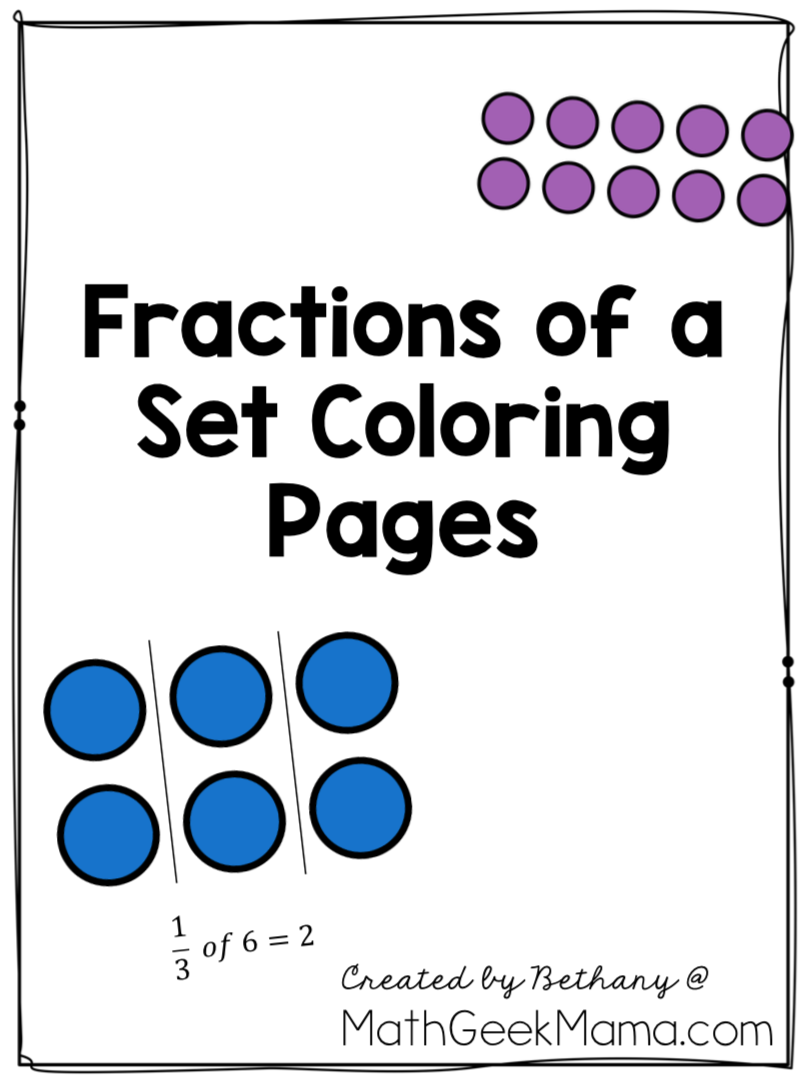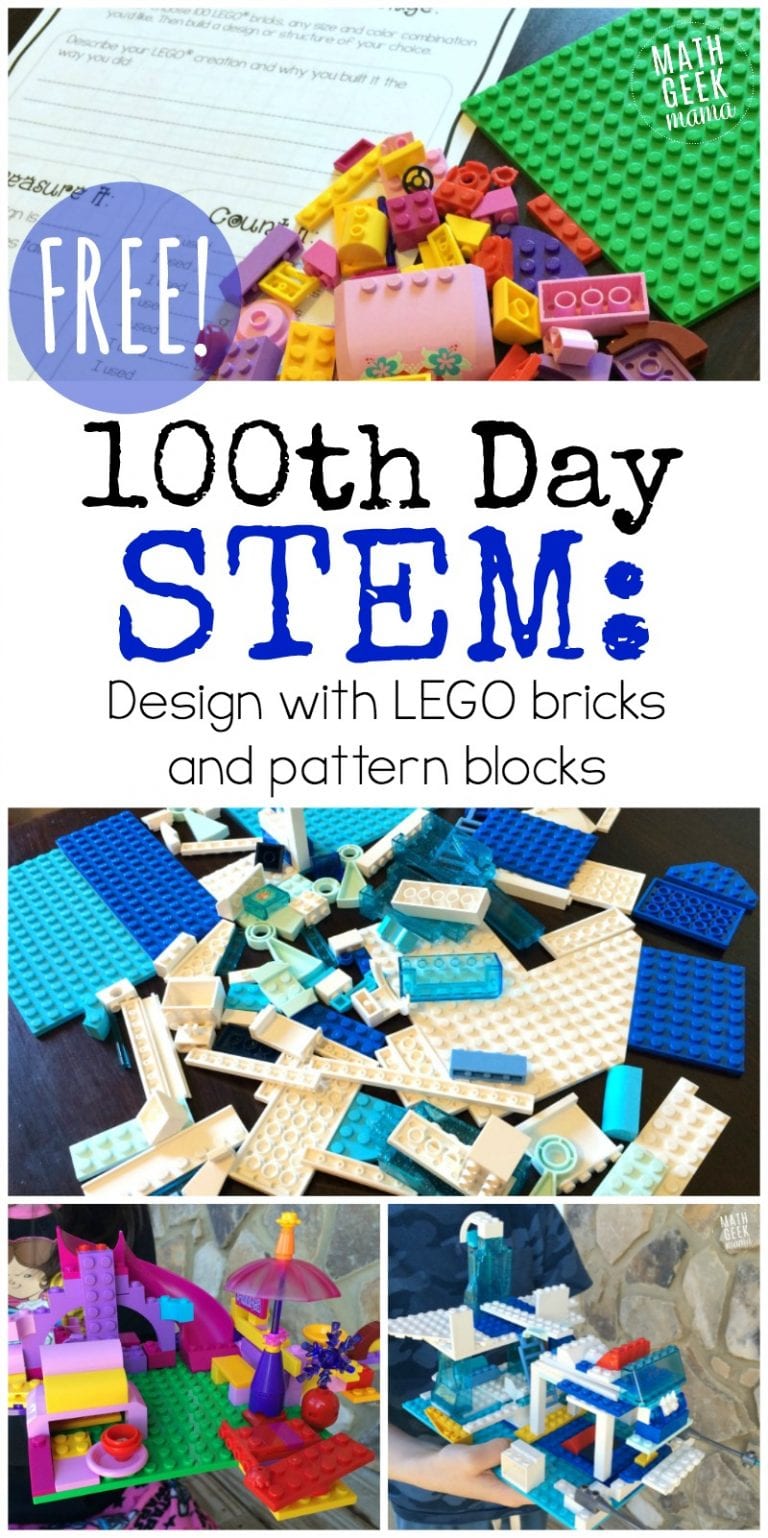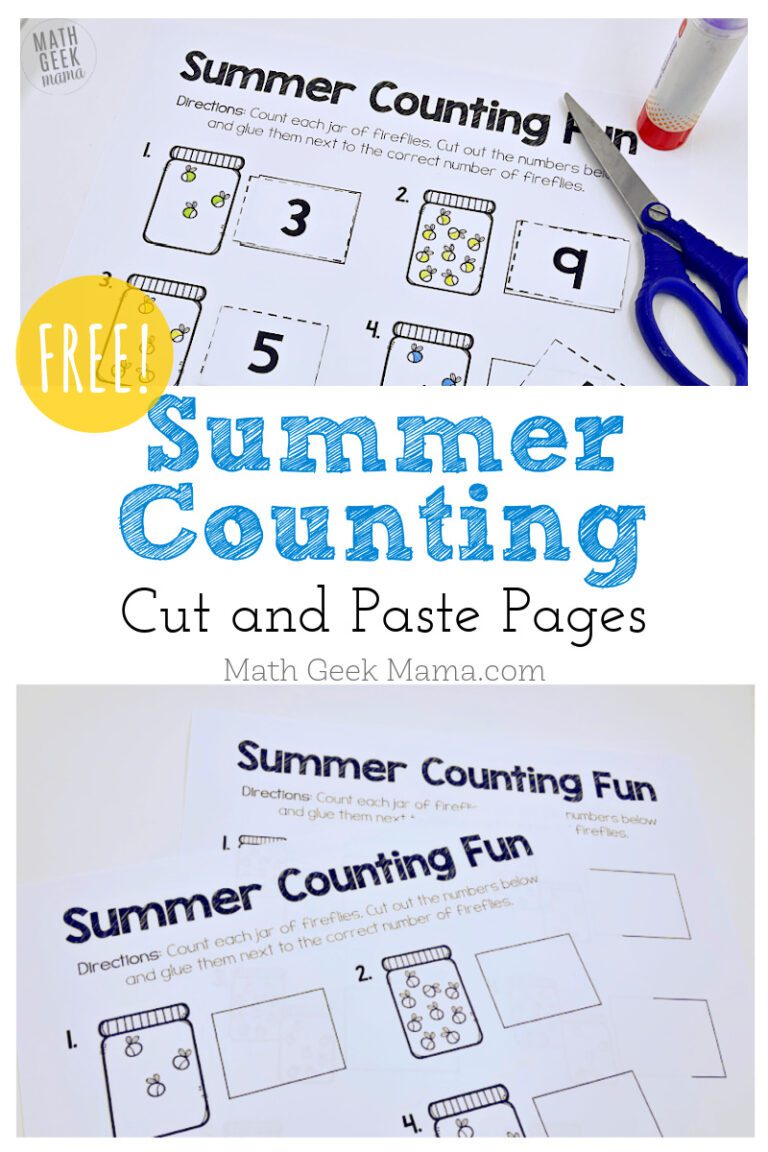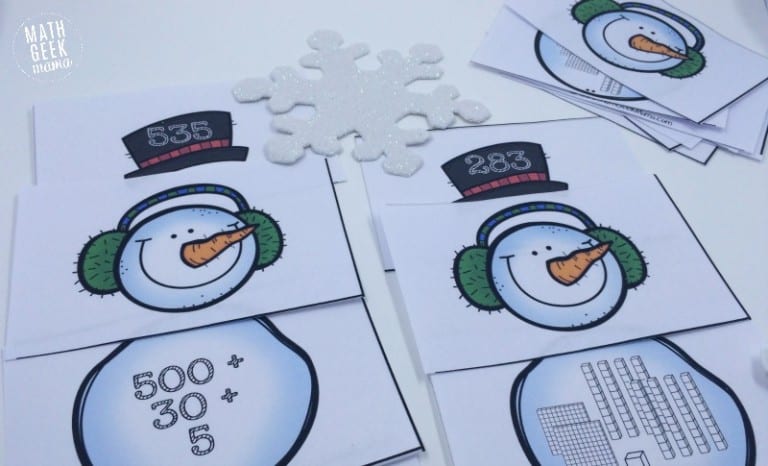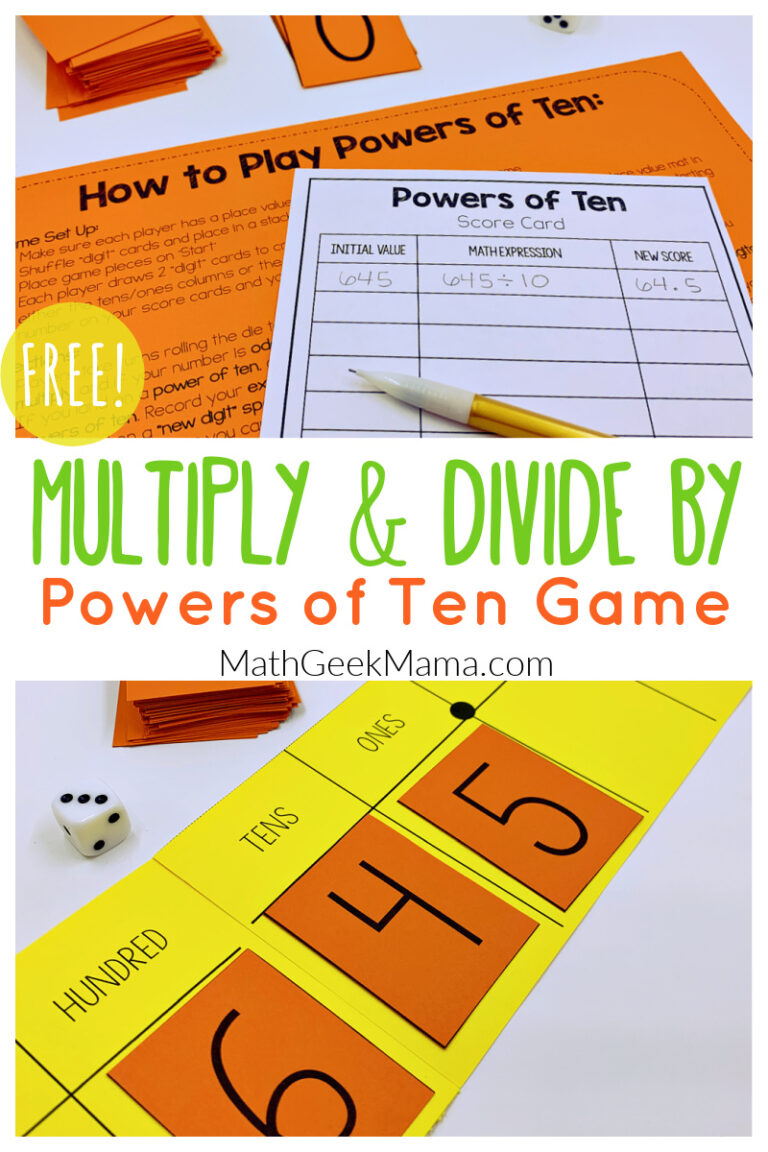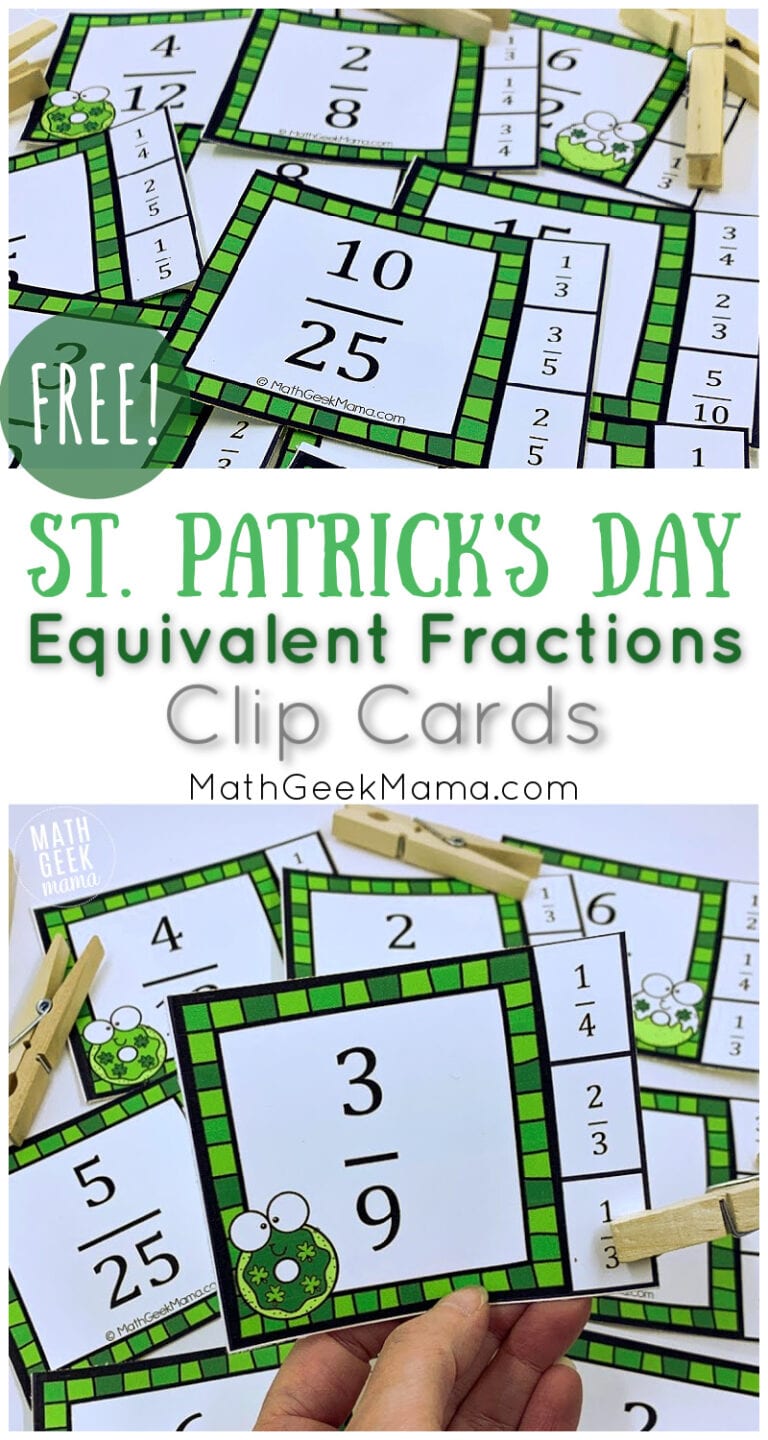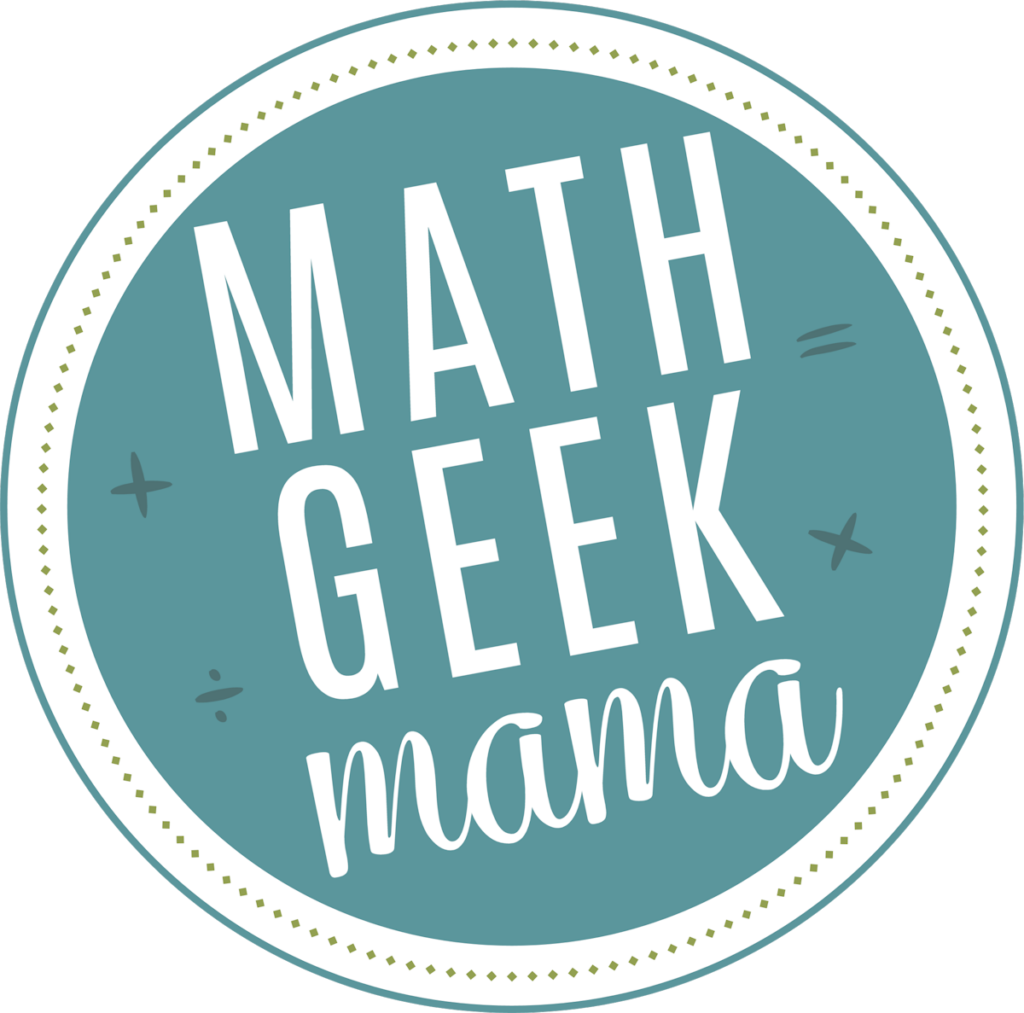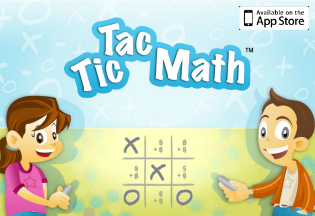Fraction of a Whole Number Visual Worksheets {FREE}
Want to help your kids understand finding a fraction of a whole number using meaningful visuals? Use this set of finding fraction of a whole number worksheets to teach with visual models.
Way too often, when it comes to fraction operations, kids are taught procedures and rules first, then given endless practice problems until those procedures and rules become automatic. Can they then adequately find a fraction of a whole number? Perhaps. Do they actually understand what that means? Can they apply their knowledge to other, more challenging problems? Maybe, but maybe not. If you’d like to lay a more solid foundation for finding a fraction of a whole number and develop their fraction sense, I hope these simple coloring pages help. The goal is for students to think about what fractions mean, represent the problem visually and then solve it by coloring in part of the whole. Read on to learn more about these unique fraction of a whole number worksheets! Then they have a strategy they can use again and again until the process is more automatic.
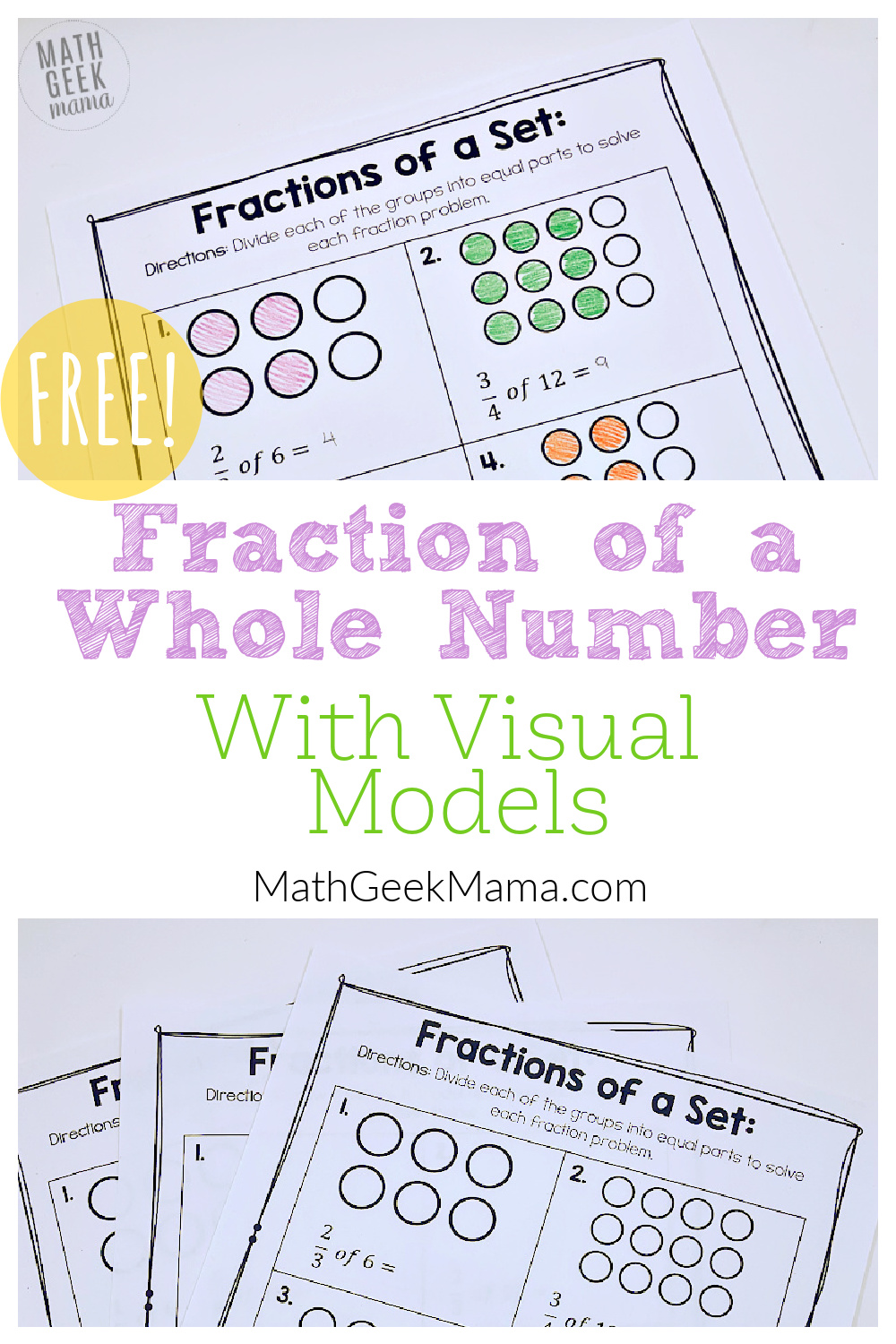
How to Find a Fraction of a Whole Number:
If you were to google “how to find a fraction of a whole number,” meaning you want to solve a problem such as find 1/3 of 12, you would likely find videos and step-by-step guides that begin with multiplication.
After all, we use “of” to mean multiply, so to begin, write the problem as 1/3 x 12.
Then write 12 as a fraction, 12/1 and multiply the 2 fractions. Straight across.
This gives us the fraction 12/3. Simplify that, and your answer is 4/1 or just 4.
Easy, right?
Maybe, but if you are brand new to making sense of fractions, does this procedure make any sense?
WHY do we multiply? Why is there no longer talk of “part of the whole” that is normally associated with fractions? Why doesn’t 1/3 mean one out of three anymore?
Instead, I recommend walking through problems visually, applying what is already known of fractions to make sense. To develop an deeper understanding, that will eventually give way to formal procedures such as the one above.
It will also help make a connection between fractions and division, a connection that many of my middle and high school students still did not see or understand.
Fraction of a Whole Number with Visual Models:
This free set of practice worksheets is meant to challenge kids to apply a knowledge of fractions to a new type of problem: finding a fraction of a whole number.
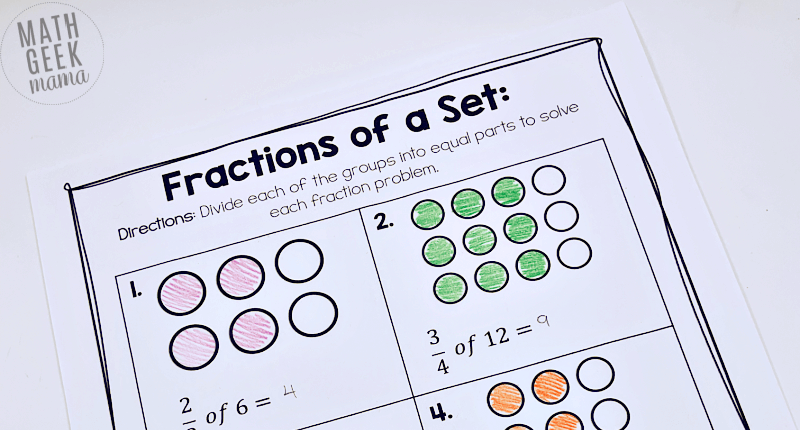
To begin, a visual array is given.
To solve, students can divide the whole into parts. For example, if you want to know how many are in 1/3, divide the whole into thirds, or three groups, first.
Then they color how many circles are in one of the thirds.
Alternately, students can apply their knowledge of 1/3 to color one circle out of every group of three. In this case, they would find groups of three (rather than three groups). Then they color one in each group to find how many get colored altogether.
Or to find 2/3 of a number, they would do the same thing, but color in two groups out of three. Or color two out of every group of three.
With enough practice and discussion of different problems, students will begin to see fraction as division.
And many will likely see on their own that to find 2/3 they can divide the whole by three and then multiply by 2.
So in the end, they will still be able to solve problems fluently, but with a much more solid foundation and understanding that will serve them well as they move onto more challenging fraction operations.
Included Worksheets:
If you’d like this introductory set of visual coloring worksheets, you can grab it free in my shop using the link below.
This pdf download includes 3 different pages to introduce these problems to your students.
The first page includes fractions with a numerator of one, to get kids applying their knowledge of fractions to the set.
The second page includes fractions with a numerator other than one (such as 2/3 or 3/4).
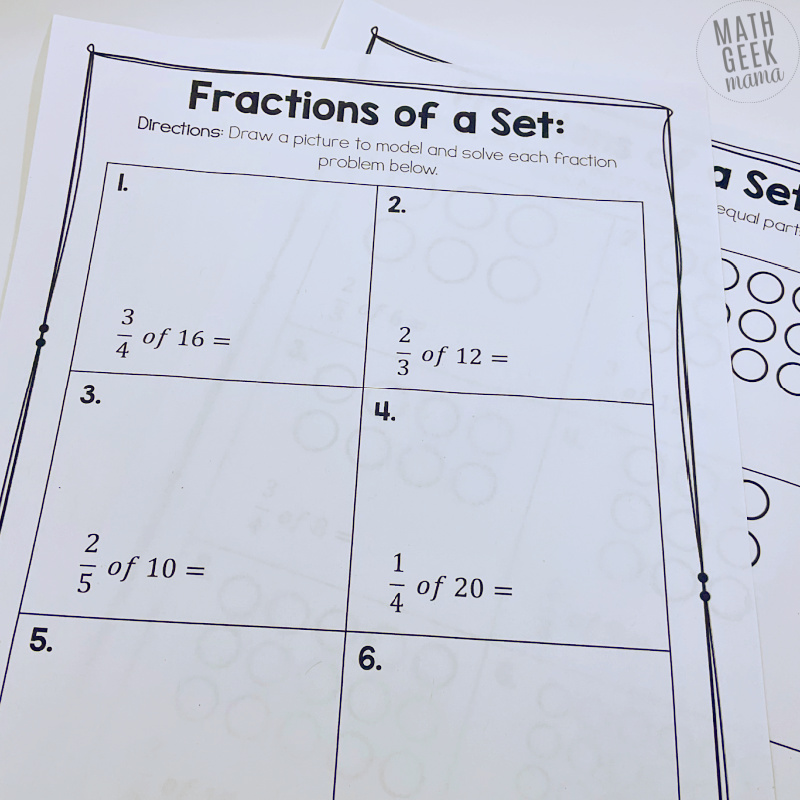
The last page includes a variety of problems, but the visual array is not given for them. This allows students to draw a picture in the way that makes sense to them.
Or it allows them to apply a strategy they may have developed without needing to draw a picture.
Of course, you may need more practice with this skill than what’s included in these pages, but I hope this provides a nice springboard for problem solving, math conversation and building fraction sense.
Ready to get started? Just click the link below to go to my shop for the freebie!
